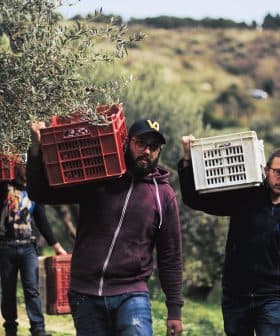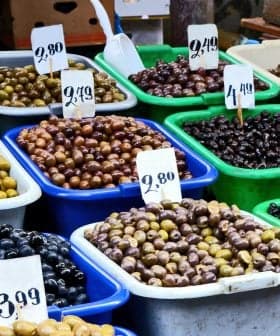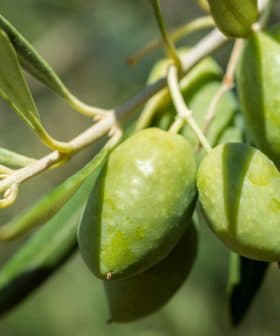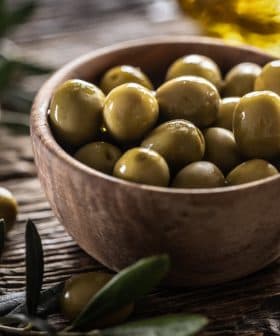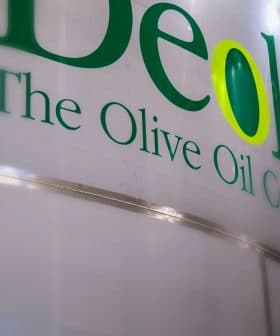Table Olive Production in Spain Rebounds, but Falls Short of Initial Expectations
Table olive production in Spain is expected to increase by at least 20 percent this year compared to last year, with a projected yield of 492,250 tons in 2024. Despite earlier optimistic estimates exceeding 500,000 tons, the forecast was revised downward due to hot and dry weather conditions in August, affecting olive development and potentially impacting prices and global trade.
Table olive production in Spain is expected to grow by at least 20 percent this year compared to last year.
According to Interaceituna, the sector’s interprofessional organization, Spain is projected to produce 492,250 tons of table olives in 2024, up from 408,790 tons in 2023.
The organization’s earlier estimates, reported in July, were more optimistic, projecting a yield exceeding 500,000 tons.
See Also:Spanish Growers Eye Indian Market for Table OlivesThe forecast was revised downward mainly because August was exceptionally hot and dry in most production areas.
These weather conditions hindered olive development, with smaller fruits often diverted to olive oil production.
Interaceituna detailed how the most popular table olive cultivars have performed, with Manzanilla production rising by 75 percent compared to 2023, the most significant increase.
Hojiblanca, the most popular table olive variety, increased by 21 percent to 235,850 tons compared to the previous year. However, production was 8.4 percent below the average of the last four campaigns.
Both Hojiblanca and Manzanilla are also widely used for olive oil production.
The availability of table olives in Spain will impact the product’s price and global trade.
At a recent meeting organized by Andalusian farmers and researchers in Arahal, the focus was on the challenges facing the table olive sector.
Those include workforce shortages, maintaining olive quality amid climate change and the generational transition needed to preserve Andalucia’s rural traditions.
Price variations of Spanish table olives in international markets partly reflect these challenges.
According to International Olive Council figures, the price of 100 kilograms of Spanish table olives rose by 28 percent in June 2024 compared to the previous season, reaching €431. However, export volumes in the same period declined by 14 percent.
Notably, direct exports of Spanish table olives to the United States fell by 33 percent in the last season, adding to the reduction in recent years.
This trend is attributed to the prolonged and complex tariff dispute between the two countries.
According to IOC figures, the U.S. is the largest importer of table olives, with over 174,000 tons imported in the 2023/24 crop year, followed by Brazil with 135,000 tons.
The national Ministry of Agriculture, Fisheries, and Food estimates that table olive production in 2023/24 is closing at 407,400 tons, slightly below the 414,120 tons reported in 2022/23.
In 2021/22, an exceptionally productive season, Spanish farms harvested 659,760 tons of olives for the table olive market.
Spain is by far the largest producer of table olives. IOC estimates that Spain will account for 65 percent of Europe’s total production in 2023/24.
Spain is also the most relevant table olives exporter. IOC figures show that Spanish table olive exports reached 306,947 tons in 2022/2023.
Greece followed with 186,815 tons exported during the same period.



